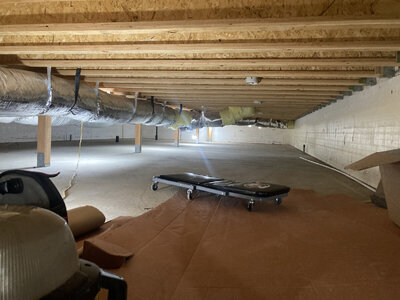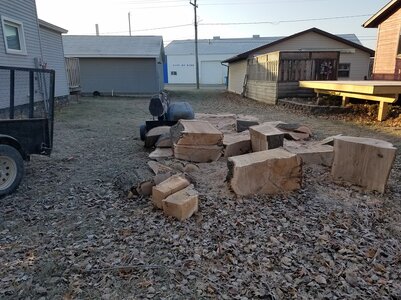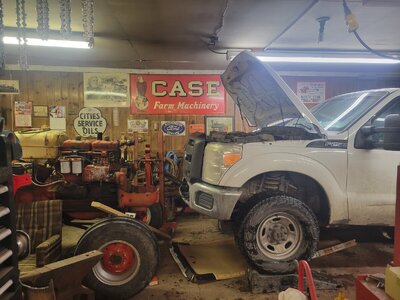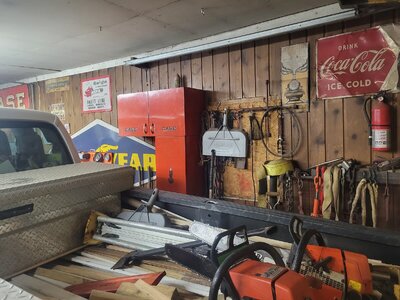In a log house that's sealed up too good with caulk Asianing and stain/sealer finish faced, I have to crack some windows in the fall especially and even some in the winter in the bath and kitchen or water will accumulate on the lower part of the windows and if left too long, black mold will grow on the wood sash and make us sick. Then bleach is needed for cleanup to kill it off. With heat coming from registers from the wood boiler there is no way to exchange air like with a forced air furnace. The shop on the other hand is just 2x6 stud walls with glass insulation and 1/2 douglas fir plywood inside and out and it stays wonderful inside it. Tin ceiling with blown in cellulose darn near to the peak keeps the warmth in. So yes, I do believe in a buildings need for breathing one way or another.
I'll give a couple of opposing examples from my youth...
In the energy crisis of the mid 1970's a big builder came along building new energy efficient homes, they were wrapped in plastic. By the early 1980's, they were being torn apart from the outside, siding removed, plastic torn off, rotten plywood, studs and soaked insulation taken out and all new except the for no plastic replaced again and the home's were then fine. I helped do a few of these "fun" projects.
When seeing my grandparents old(actually the new) house for the first time, I can remember being able to see through the cracks in the walls where the boards shrunk, there was no insulation or anything for that matter, just a big barrel stove in the middle that was kept red hot at all times day and night and everyone was just fine, even with the harshest winters Northern Wisconsin can bring sometimes.










